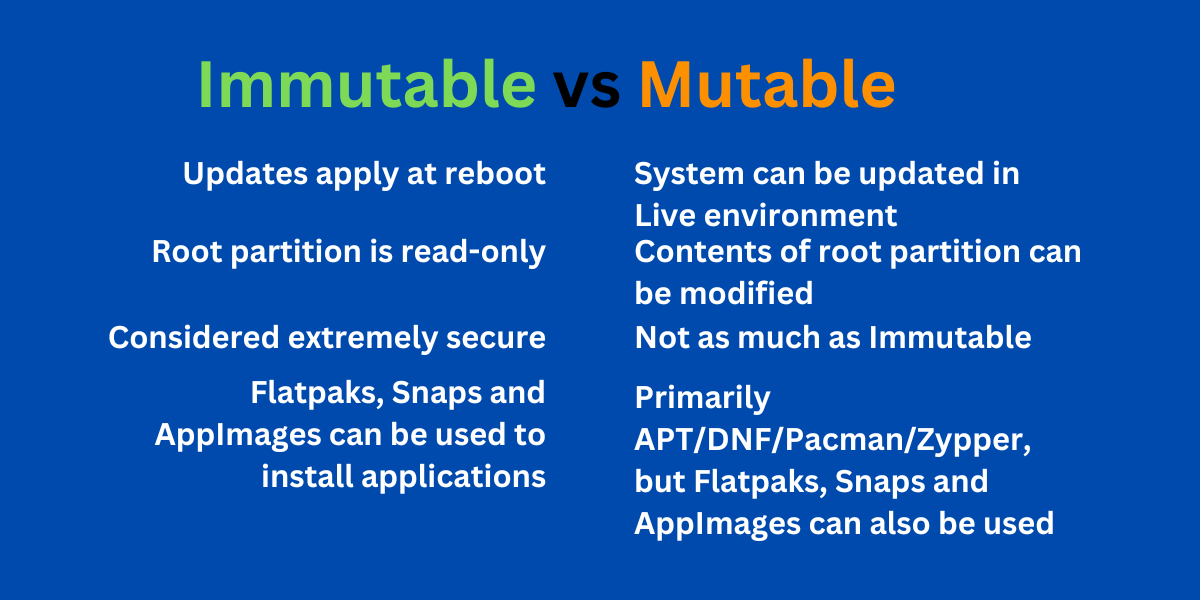this post was submitted on 13 Jan 2025
212 points (92.7% liked)
Linux
59835 readers
235 users here now
From Wikipedia, the free encyclopedia
Linux is a family of open source Unix-like operating systems based on the Linux kernel, an operating system kernel first released on September 17, 1991 by Linus Torvalds. Linux is typically packaged in a Linux distribution (or distro for short).
Distributions include the Linux kernel and supporting system software and libraries, many of which are provided by the GNU Project. Many Linux distributions use the word "Linux" in their name, but the Free Software Foundation uses the name GNU/Linux to emphasize the importance of GNU software, causing some controversy.
Rules
- Posts must be relevant to operating systems running the Linux kernel. GNU/Linux or otherwise.
- No misinformation
- No NSFW content
- No hate speech, bigotry, etc
Related Communities
Community icon by Alpár-Etele Méder, licensed under CC BY 3.0
founded 6 years ago
MODERATORS
you are viewing a single comment's thread
view the rest of the comments
view the rest of the comments

Fedora Atomic IS immutable. Rpm-ostree just layers (or hides) stuff on top of the already existing image. If you layer something, e.g. Nvidia drivers, you still download the same image everyone else uses, but basically compile the driver from fresh and put it on top. And that takes time.
That's why uBlue exists for example. It gives you a sane start setup, where all drivers are already built in into the image.
Atomic just means that every process is either completed without errors, or not at all. This way, you don't get an half updated system for example in case you loose power.
Pretty much anything outside of /var/ (even /home/ is placed inside /var/) is read-only, and if you want to modify your install, you have to build your own image. Therefore, it is both immutable AND atomic.
That's why I prefer the term "image based"